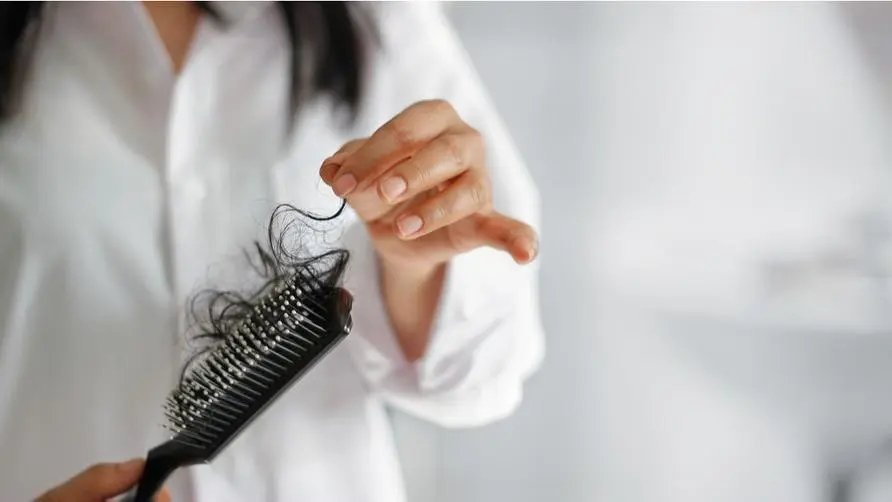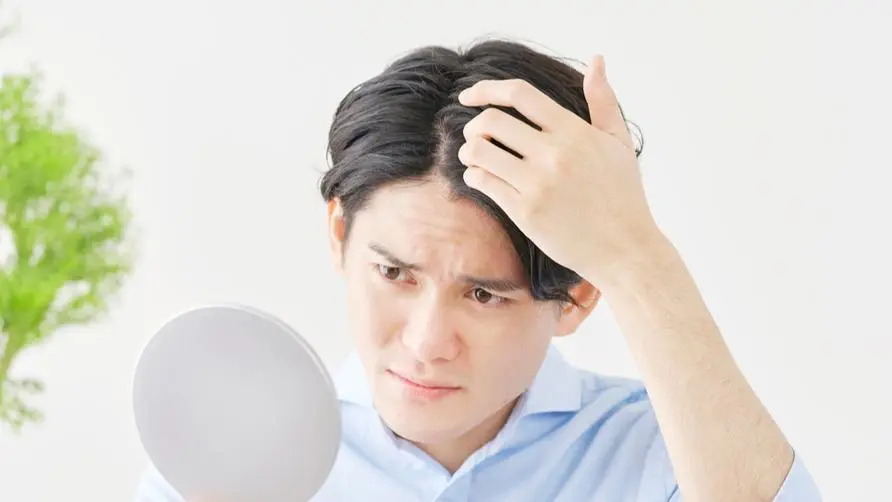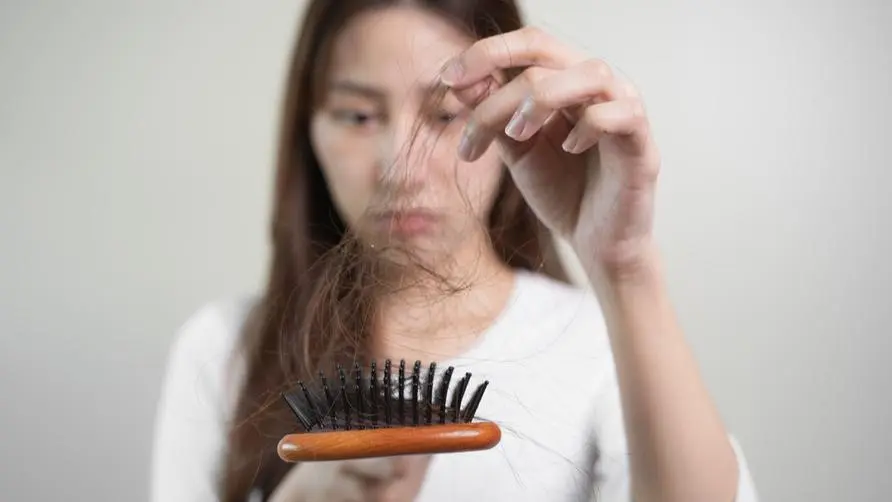Is the diagnosis of COVID-19 really "unclear"? 70% of recovered patients are at risk of hair loss! Critical care doctor reveals: Beware of the "3 major bald patterns"

Is the epidemic causing “hairlessness on top”? The 3 most common types of baldness
Infection with COVID-19 will not only cause sequelae such as brain fog and respiratory diseases, but may even cause hair loss or hair loss? Dr. Huang Xuan, an expert in critical care medicine, pointed out in a social post that many studies on COVID-19 have found that certain confirmed patients experience hair loss of varying severity after being infected with the virus.
Dr. Huang Xuan cited a study published in the American Academy of Dermatology: The research team analyzed the hair loss of 1,826 diagnosed patients, and the average age was approximately 54.5 years old. Research has found that the three most common baldness patterns among diagnosed patients are as follows:
Androgenetic alopecia: 30.7% (mainly male, 86.4%)
Telegenic effluvium: 19.8% (mostly women, 80.7%)
Alopecia areata: 7.8% (mostly women, 60%)
The researchers further studied and found that male baldness will begin to appear “before the epidemic”; stress baldness is more common “after the epidemic”. Patients with chronic diseases are more likely to develop alopecia areata.
More than 80% of patients lose hair after recovery! Intensivist: Female diagnosed patients are at higher risk
Dr. Huang Xuan pointed out that clinical data from Taipei Veterans General Hospital last year also showed that 43% of the first 50 COVID-19 patients were found to have hair loss during follow-up visits; a study by the Chinese University of Hong Kong School of Medicine pointed out that 21% of recovered patients had hair loss. The patient is troubled by hair loss and the symptoms persist. A follow-up survey by Japan’s National Center for International Medical Research found that 25% of recovered patients began to experience hair loss within 2 months after being discharged from the hospital.
As for when did you start losing your hair after contracting the epidemic? Dr. Huang Xuan explained that based on current research data, about 77% of patients will lose their hair 30 days after being infected with the epidemic, and 15% will lose their hair within 30-60 days. Each study is slightly different, but most occur within 1-3 months.
The degree of hair loss after infection may also be reflected in gender differences. Dr. Huang Xuan said that according to research, moderate to severe hair loss obviously occurs in women (about 54%), but only 9% in men. Taiwan’s research on hair loss after the COVID-19 epidemic found that the ratio of men to women suffering from hair loss is 1:3, which means that women may be more likely to lose their hair after the epidemic than men.
Don’t worry about hair loss before you are diagnosed! Follow these 4 steps to get better and faster after-effects
However, Dr. Huang Xuan also said that people infected with the epidemic do not need to worry too much. Hair loss symptoms after infection may be caused by excessive psychological stress. Most hair loss or hair loss will stop in 3-6 months, and the hair volume will also decrease. Will gradually recover. Therefore, in view of hair loss after contracting the epidemic, it is recommended to adjust personal life and rest according to the guidelines published by the Taiwan Ministry of Health and Welfare, abide by epidemic prevention regulations, and do not panic excessively:
Understand your own situation. Patients can start by observing their physical or psychological symptoms. After all, some hair loss is caused by personal stress.
Adjust your mood by yourself. Excessive epidemic information may increase psychological pressure. It is recommended that patients who find that excessive information causes increased psychological pressure can moderately block these excessive information, stop surfing the Internet, and have a good rest.
Take self-rehabilitation. After recovery, maintain a regular life, relax, moderate self-rehabilitation, and resume daily activities, including housework and moderate exercise.
Adjust your daily routine. Adequate sleep is vital to personal health. In addition, maintaining a balanced diet and replenishing water at any time are two indispensable factors in life for those recovering from COVID-19. It is recommended to maintain a healthy diet through the Mediterranean diet or DASH Diet.
Source:
Further reading:





